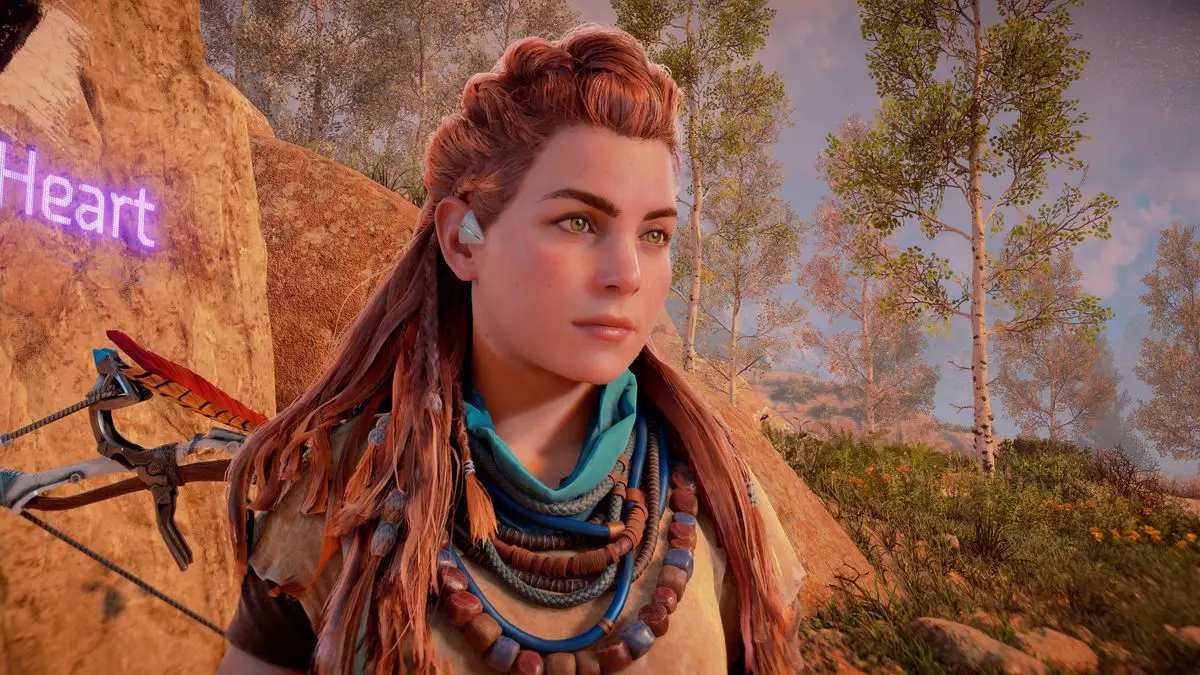Horizon Zero Dawn, an acclaimed title from Guerrilla Games, has seen its remaster unfold amid high expectations from fans and newcomers alike. The remastered version not only aims to elevate the graphics to current standards but also strives to make the experience accessible across a wide array of gaming platforms, including the rebellious handhelds like the Steam Deck. This article aims to scrutinize the remaster’s visual fidelity, performance optimization, and overall gaming experience.
The core appeal of Horizon Zero Dawn has always been its rich visuals and immersive environments. With the remaster, Guerrilla Games, alongside Nixxes Software, endeavored to refine these elements significantly. Players will immediately notice an overhaul in texture quality and lighting enhancements. The original game—though visually striking—showed signs of wear compared to its sequel, Horizon Forbidden West. The remastered version seeks to bridge this gap with a myriad of high-resolution textures, vibrant lighting, and enhanced visual effects.
However, it would be remiss not to mention that while the remaster indeed looks better, it still represents an evolution rather than a revolution. Gamers might find themselves grappling with the familiar sights of the original, albeit with a fresh coat of paint. It’s akin to rearranging the furniture in a beloved old home—recognizable but somehow different. The character models and environmental details have been polished and enriched, yet some players may argue that these changes are not as substantial as one might hope for a remaster.
In striving for graphical improvements, performance often becomes a focal concern. The remaster weighs in at a whopping 105 GB, which is significantly larger than the initial port. With the increased file size comes higher demands on hardware capabilities. Despite robust technological advancements, players have reported a noticeable dip in performance when settings are maxed out.
For handheld systems like the Asus ROG Ally X, performance varies even more dramatically. Testing reveals that proactive use of upscaling techniques, through AMD’s FSR or Nvidia’s DLSS, can elevate frame rates to almost 60 fps under optimal conditions. This illustrates a vital aspect of modern gaming—the use of computational liberation techniques to offset graphical fidelity descent, allowing even less powerful systems to deliver an enjoyable experience.
However, there are noteworthy caveats. The introduction of new performance features alongside legacy systems leads to an uneven experience. While the remaster boasts frame generation and upscaling, character models occasionally exhibit an unrealistic glow, and reflections suffer from inconsistencies. Such imperfections remind gamers that despite advancements, the quest for visual perfection is still an ongoing battle.
An essential factor of this remaster’s success lies in its versatility across various platforms. While some players might hold reservations regarding its compatibility with less powerful devices like the Steam Deck, early reports suggest a more favorable performance trajectory than initially anticipated. This broadening of scope is commendable; however, it introduces frustration for those who expend significant energy customizing settings only to battle against the limitations of older hardware.
For users with modern setups, the improved performance of the remastered version on high-end PCs undoubtedly adds to the allure. The disparities between frame rates, especially with the Core i7 14700KF paired with an RTX 4080 Super, emphasize that the hardware choices profoundly impact the gaming experience. Nevertheless, many players are likely to remain relegated to lower settings, suggesting that while the remaster aims to accommodate a variety of gaming systems, the experience isn’t uniformly pleasant across the board.
Horizon Zero Dawn Remastered is a testament to Guerrilla Games’ expertise in delivering captivating visuals and a compelling narrative. It manages to blend familiarity with refreshed aesthetics, catering to ardent fans while also welcoming new players. However, the underlying sentiment from the gaming community reveals a subtle disappointment in some aspects, particularly regarding performance consistency and the depth of visual enhancements.
While the remaster does provide improvements, one cannot help but ask whether these upgrades justify the emotional and financial investment. Would a more extensive redesign have garnered a more enthusiastic reception? As it stands, the remastered Horizon Zero Dawn gives a nostalgic nod to its origins while attempting to keep pace with technological advancement—a difficult balancing act that leaves players yearning for a more transformative experience.

